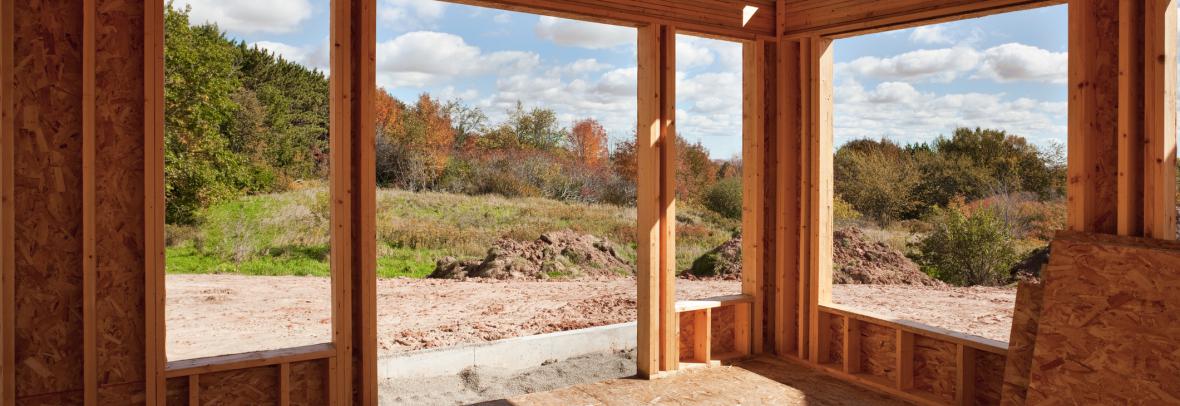
It will be harder for moderate-income people to live by the ocean as buyer demand grows and the state’s tough building codes make housing more expensive.
NEW YORK – Living on Florida’s coast has become more expensive as building codes include stronger storm mitigation measures. And people who can afford to go beyond those building-code minimums often find that their homes sustain less hurricane damage.
But fortifying Florida’s housing stock simultaneously prices some homeowners out of the market, especially once homeowners add in the costs for escalating property-insurance premiums and flood insurance.
After Hurricane Andrew in 1992, Florida adopted one of the strictest building codes in the country; it was last updated in 2020 to include provisions to seal roof decks, install impact-resistant windows or shutters, and ensure strong connections among the roof, walls and foundation, says Anne Cope, chief engineer at the Insurance Institute for Business and Home Safety.
The building code also contains provisions to guard against flood hazards by, for instance, elevating structures above a certain level.
In June, CoreLogic reported that nearly 33 million homes along the Gulf and Atlantic coasts with close to $10.5 trillion in reconstruction cost value are at risk of hurricane-force wind damages; and nearly 7.8 million homes with more than $2.3 trillion in reconstruction cost value are at risk of storm-surge damage.
Hurricane Ian’s flood and wind losses could range between $41 billion and $70 billion, according to CoreLogic, and uninsured flood losses will be between $10 billion and $17 billion.
“As these numbers get bigger and bigger, there’s going to be a point where the community cannot recover,” says Tom Larsen, senior director for Hazard and Risk Management at CoreLogic.
Source: Wall Street Journal (10/17/22) Campo-Flores, Arian; Acosta, Deborah
© Copyright 2022 INFORMATION INC., Bethesda, MD (301) 215-4688
Go to Source
Author: kerrys



